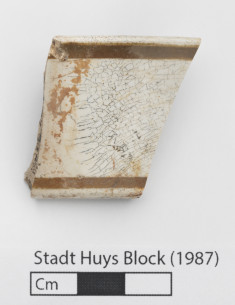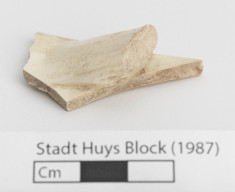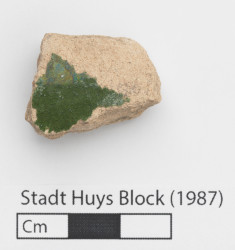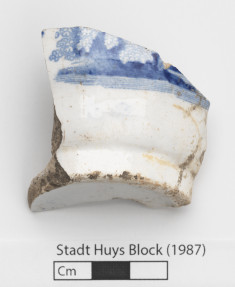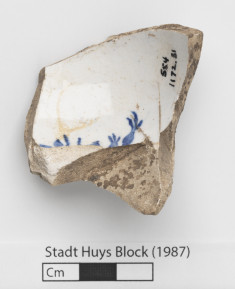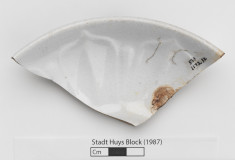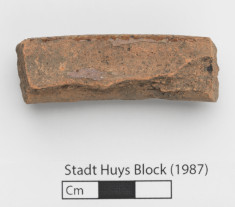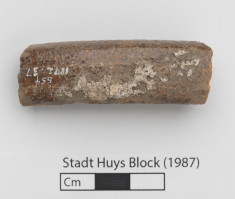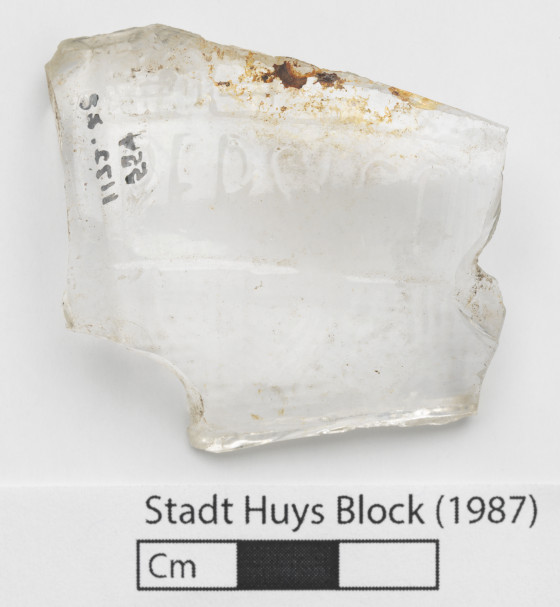Introduction: Lots 8, 9, and 15 are modern designations for adjacent parcels of land that were owned together and used as a single property until the early 1830's. Excavations produced important discoveries like that of the Colonial-era Lovelace Tavern, proving that significant archaeological resources could still exist in urban spaces. Project archaeologists were able to lobby for increased time and funds to continue their work on the strength of these finds, leading to additional discoveries. In all, the project provided considerable information about the history of New York City and its inhabitants from the 17th to the 20th centuries.
Rationale: Project archaeologists continued to test the backyard area of Lot 9, placing Test Cut AR to the west of Test Cut AO. Important archaeological features were discovered in this test cut, including a late-18th- to mid-19th-century privy. Privies were essential structures for New York City residents before the introduction of utilities like water, sewers, and indoor plumbing in the mid- to late-19th century. In all, Test Cut AR is an important resource for understanding the history and development of Lot 9.
Results: The top course of stones and part of the west wall of Test Cut AR was removed after it had been damaged by heavy rains. The material was not screened, but visually assessed for artifacts.
Lot 9, Test Cut AR
-
Collection method
Crowbar, Hammer, Pick, Trowel.


